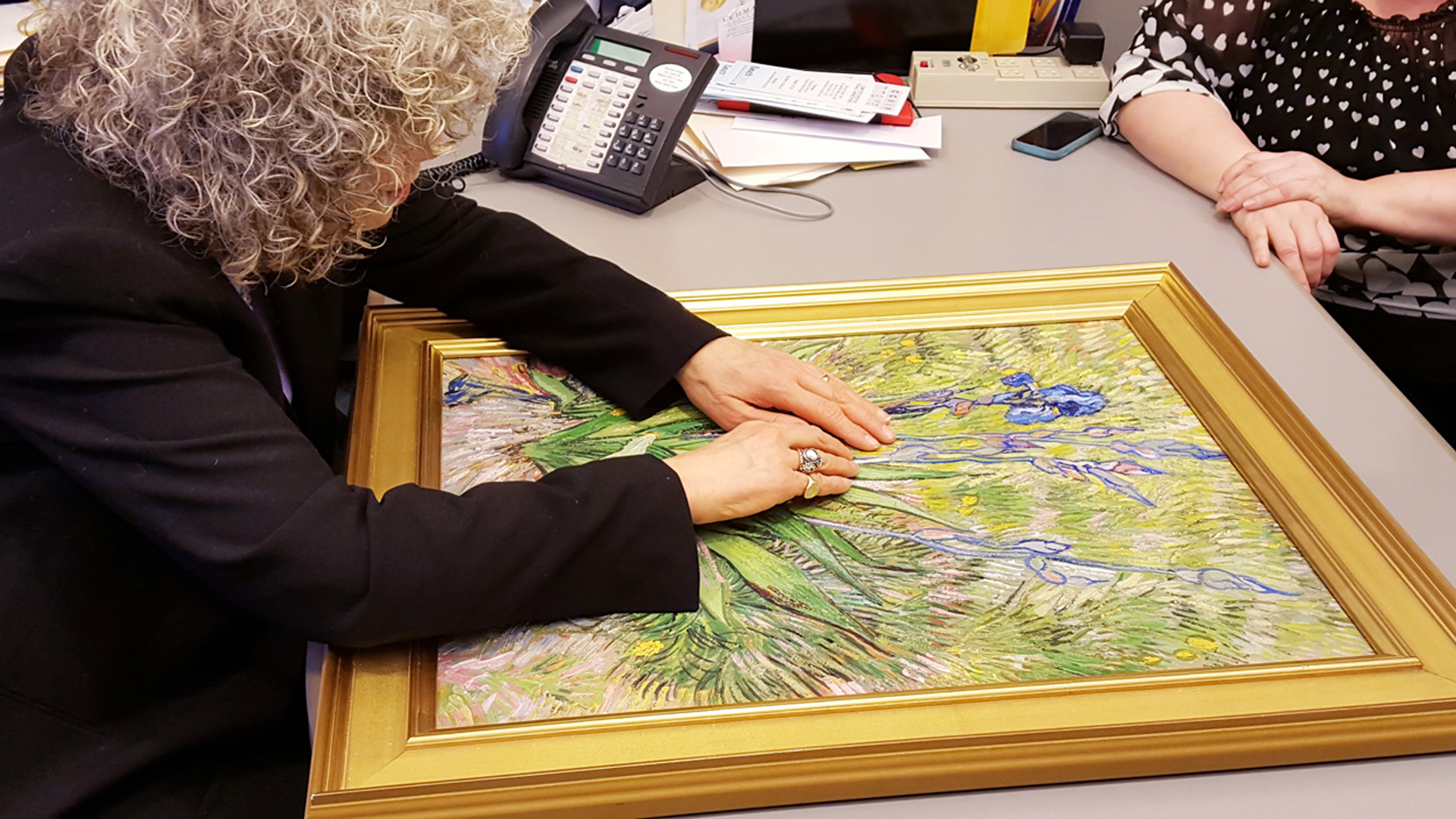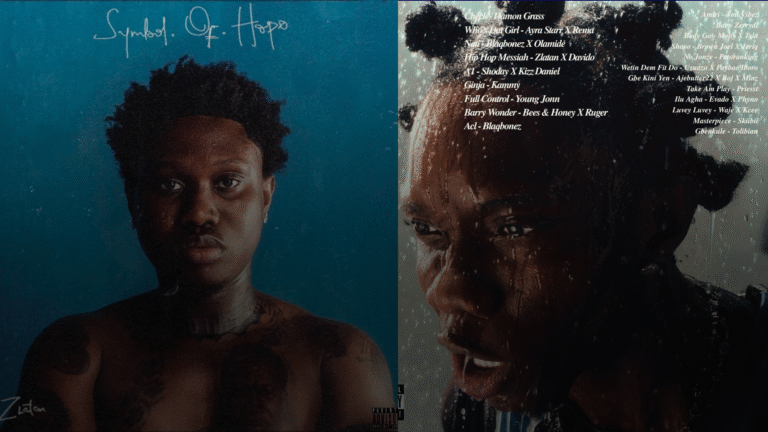Art has always been a visual experience, speaking through color, texture, and composition. But for the blind and visually impaired, fully experiencing masterpieces like The Mona Lisa or The Starry Night has been a challenge, until now. Thanks to groundbreaking technology, art is being transformed into immersive soundscapes, allowing those without sight to experience its …

Reimagining Art for the Blind: How Technology is Transforming Masterpieces into Sound

Art has always been a visual experience, speaking through color, texture, and composition. But for the blind and visually impaired, fully experiencing masterpieces like The Mona Lisa or The Starry Night has been a challenge, until now. Thanks to groundbreaking technology, art is being transformed into immersive soundscapes, allowing those without sight to experience its depth, emotion, and beauty in an entirely new way.
One of the most exciting innovations in this space is the Sound of a Masterpiece project. Led by visually impaired composer Bobby Goulder in partnership with Dolby Laboratories and the Royal National Institute of Blind People (RNIB), the project converts iconic artworks into detailed musical compositions. Using Dolby Atmos technology, pieces like Leonardo da Vinci’s Mona Lisa and Monet’s The Water-Lily Pond are reimagined as immersive audio experiences, capturing the mood and essence of each painting.
Dolby Atmos plays a crucial role in making this possible. The technology enables precise placement of sounds in a three-dimensional space, creating a rich, layered effect that conveys the depth and emotion of the original artwork. For blind and visually impaired individuals, this turns paintings into fully immersive auditory landscapes that can be felt as much as they are heard.
While sound is a powerful tool, other innovations are also making art more accessible. 3D printing is being used to create tactile versions of famous paintings, allowing blind individuals to “feel” the contours and textures of an artwork. Organizations like 3D Photoworks have pioneered this technique, enabling deeper engagement with art beyond traditional descriptions.
Museums and galleries are also stepping up their efforts. Institutions like the Victoria and Albert Museum (V&A) in London have been offering tactile experiences for visually impaired visitors since 1985. These initiatives, along with detailed audio descriptions and interactive sessions, are making cultural spaces more inclusive than ever.
These technological advancements are not just about making art accessible, they are redefining how we engage with creativity. By breaking down traditional barriers, they ensure that art is no longer limited to those who can see it but is instead an experience that can be shared by all.
As technology continues to evolve, the fusion of sound, touch, and digital innovation will open even more doors for the visually impaired community. Art, at its core, is about emotion and connection, and now, thanks to these groundbreaking developments, those connections are stronger than ever.






